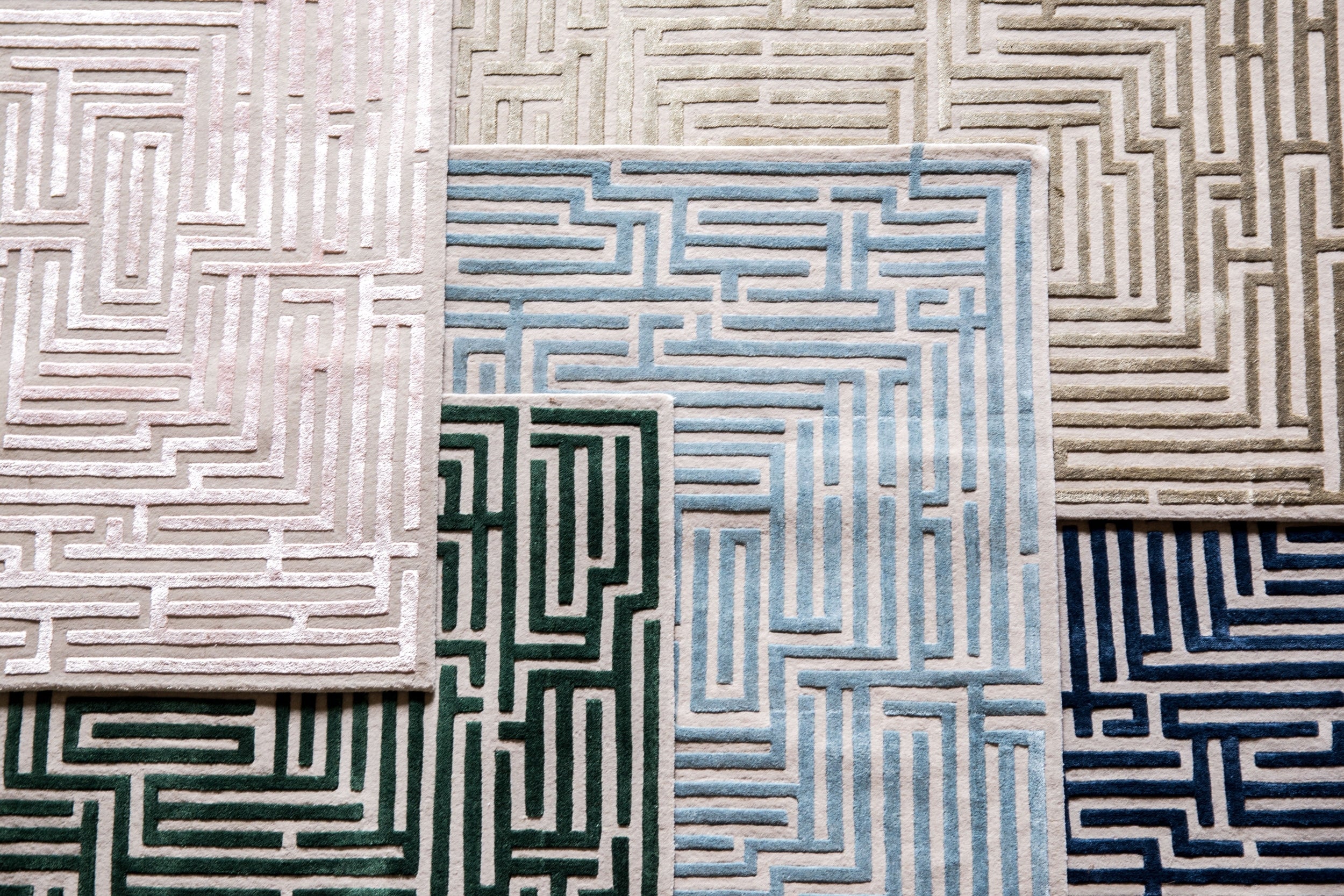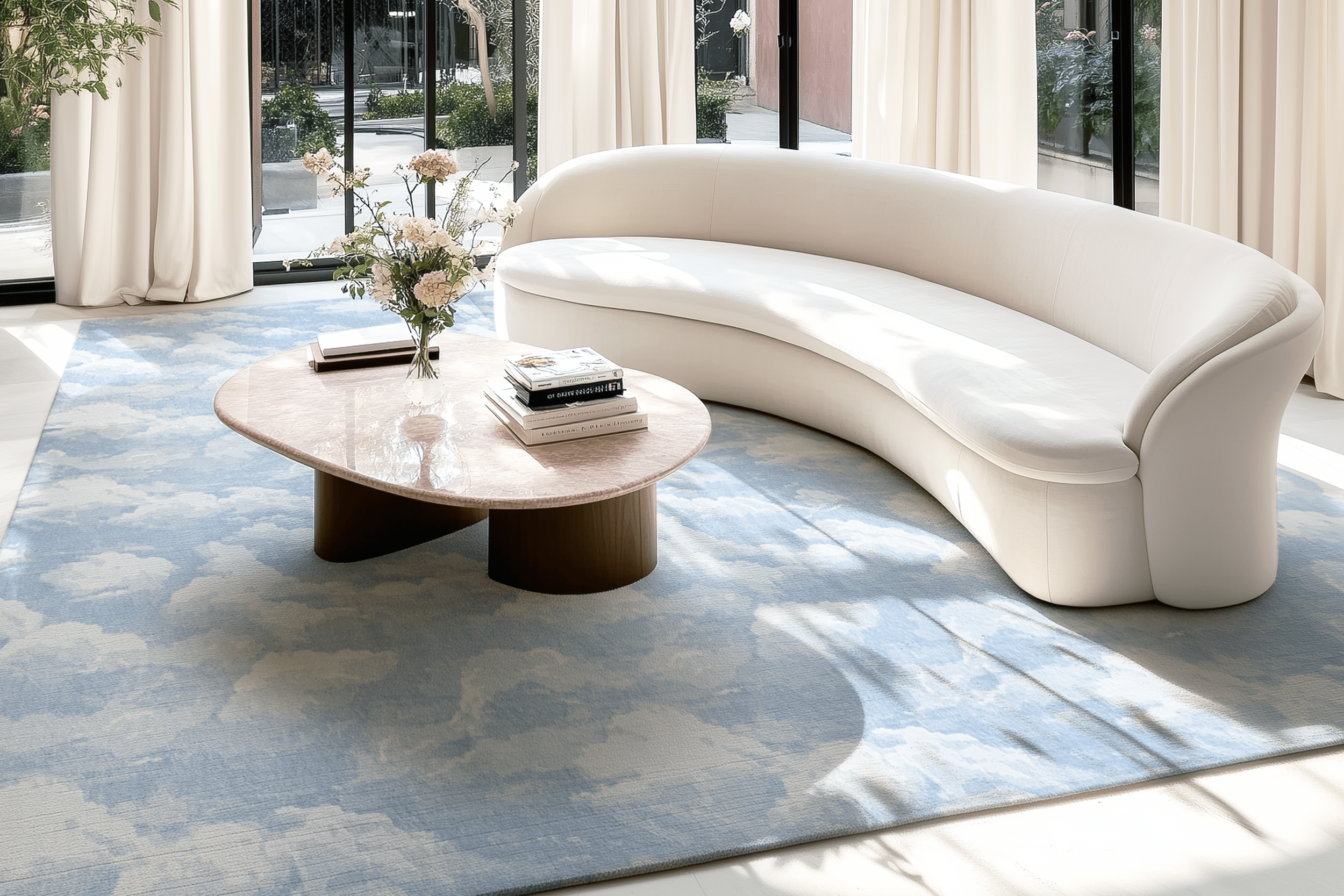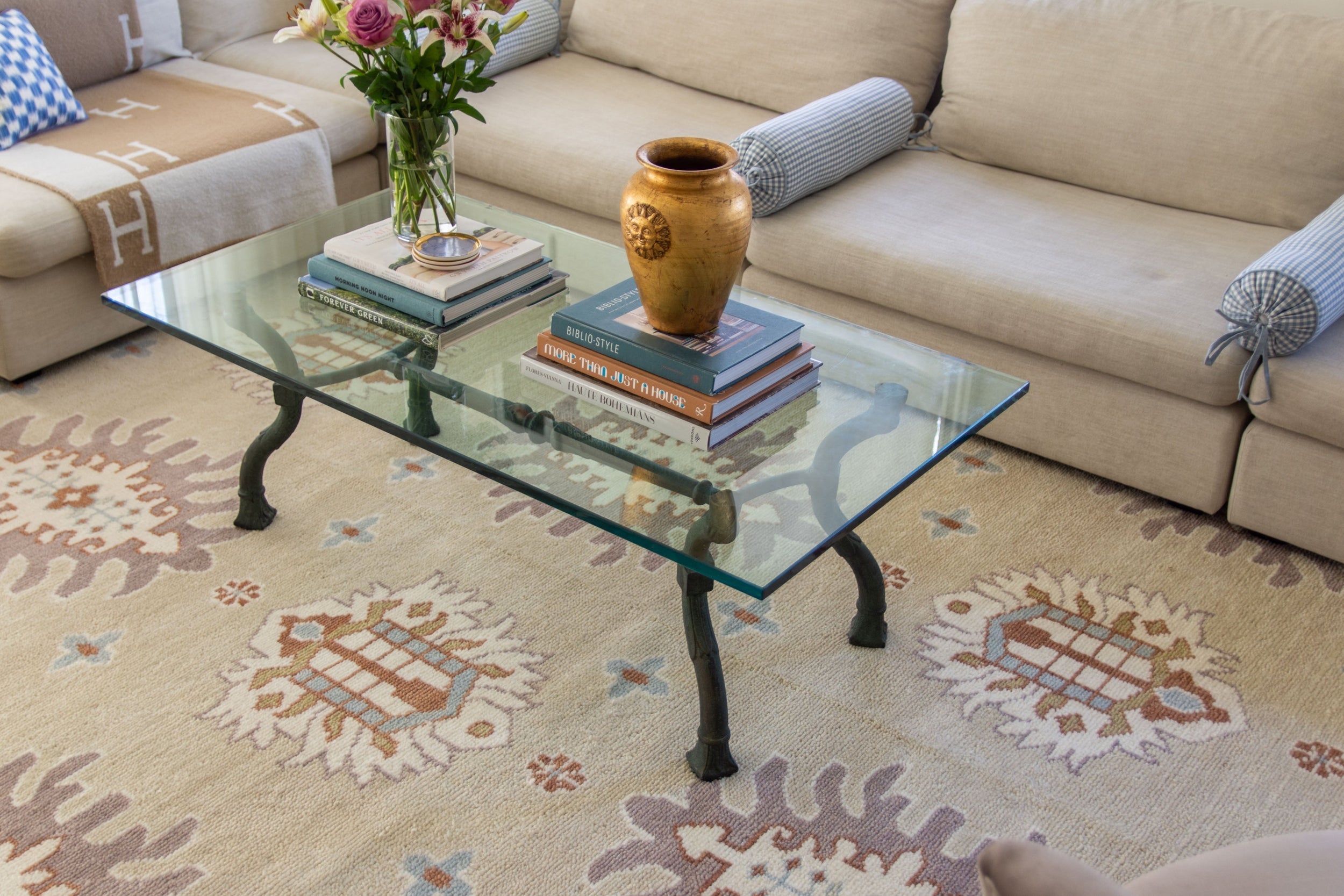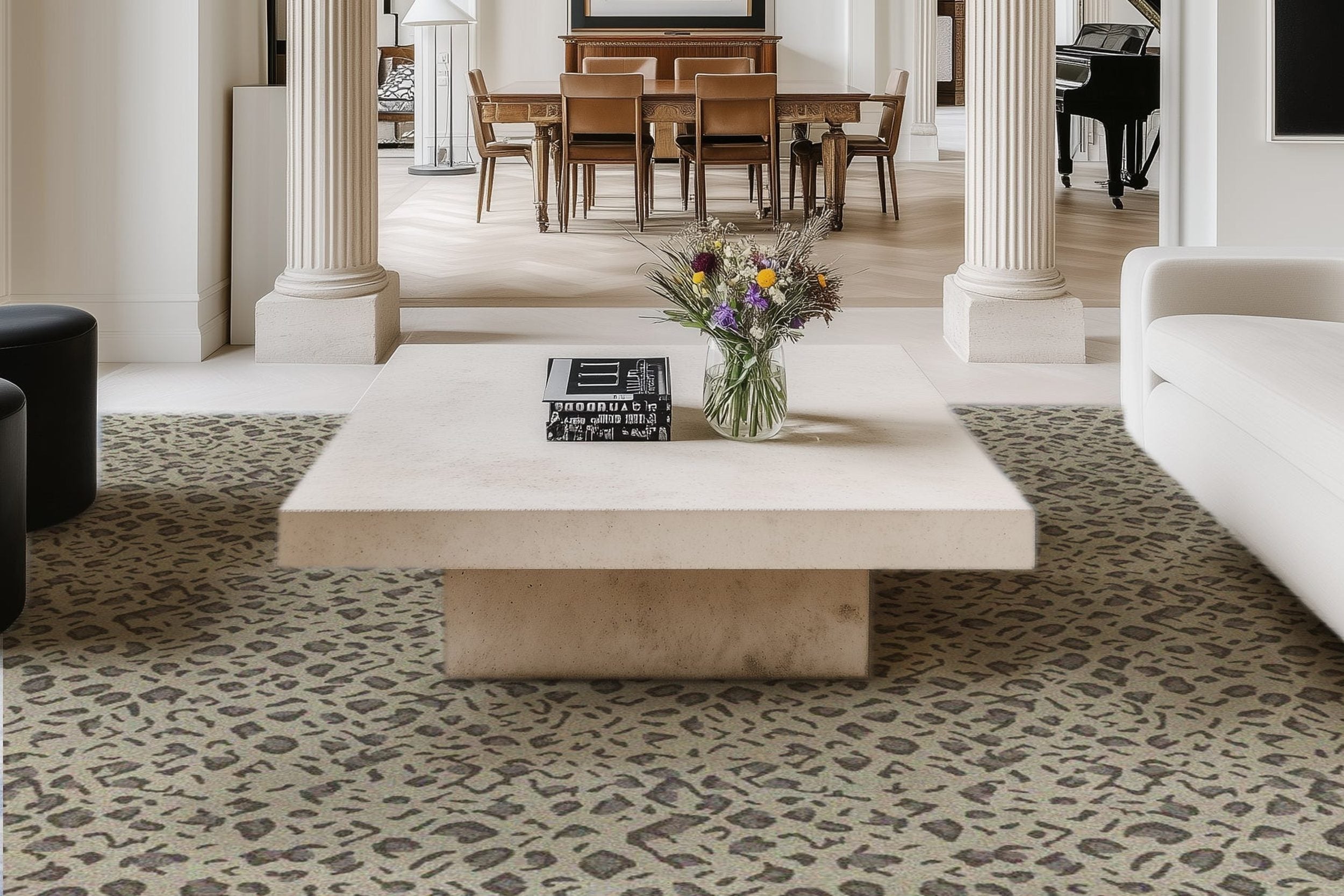The Ultimate Guide to Choosing the Right Material for Your Roof
Choosing the suitable material for your roof is more than just a practical decision—it's a significant investment in your home's protection and aesthetic appeal. Whether you're building a new home or replacing an existing roof, the material you choose will impact your house's longevity, energy efficiency, and overall appearance. This ultimate guide explores the various roofing materials available, weighs their pros and cons, and provides the tools to make an informed choice.
The Durability of Metal Roofing
Made from aluminum, steel, or copper, metal roofs can last 50 years or more. They also resist extreme weather conditions, ideal for areas prone to hurricanes or heavy snowfall. In this case, explore the internet, where you may come across metalroofingwisconsin.com, giving you a good insight into your options. A key benefit of metal roofing is its energy efficiency. By reflecting sunlight, metal roofs can reduce cooling costs in the summer. They also offer a modern, sleek aesthetic that appeals to many homeowners. However, these may be more expensive initially and require specialized installation. Noise during rain or hail can also be a concern for some. Nevertheless, the long-term benefits of durability and energy savings often outweigh these drawbacks.
Exploring Asphalt Shingles
The most common roofing material in the United States, asphalt shingles, are popular for a reason. They're affordable, easy to install, and come in various colors and styles. They offer a good balance of durability and aesthetics, making them a go-to choice for many homeowners. Despite their popularity, asphalt shingles have some drawbacks. They have a shorter lifespan than other materials, typically 20-30 years. Asphalt shingles can be a practical choice for those on a tight budget. However, consider other options if you're looking for long-term durability and minimal upkeep. It's all about evaluating your priorities and finding the right fit for your home.
Exploring the Elegance of Slate Roofing
Often seen on historic or high-end homes, slate tiles can last 100 years or more. Aside from aesthetics, slate is incredibly durable. It's resistant to fire, mold, and insects, providing robust protection for your home. Slate roofs require minimal maintenance, making them a low-hassle option once installed. However, slate roofing has its challenges. It's one of the most expensive roofing options but can require additional structural support. Installation can also be complex, so hiring experienced professionals for the job is essential.
The Versatility of Wood Shingles and Shakes
Wood shingles and shakes offer a natural, rustic charm that's hard to beat. Made from cedar, redwood, or other durable woods, they provide excellent insulation and a unique aesthetic appeal. Wood roofing materials can blend seamlessly with natural surroundings, making them a favorite for homes in wooded areas. They're also relatively eco-friendly, often made from renewable resources. However, wood shingles and shakes require regular maintenance to prevent rot, mold, and insect damage. They also tend to be less fire-resistant unless treated. Despite these challenges, their beauty and environmental benefits make them a worthy consideration.
Considering Tile Roofing
Tile roofing, often associated with Spanish or Mediterranean-style homes, offers a distinctive look and impressive durability. Clay or concrete tiles can last over 50 years and withstand harsh weather and fire. Tiles allow customization to suit your home's design. They're also energy-efficient, helping regulate indoor temperatures by reflecting sunlight. The downside of tile roofing is its weight, which may require additional structural support. It's also one of the pricier options and can be more complex to install. However, the combination of aesthetics and longevity makes tile roofing an attractive choice.
The Benefits of Synthetic Roofing Materials
Synthetic roofing materials, made from rubber, plastic, or polymer, are designed to mimic the look of more expensive materials. They offer versatility and durability. One key advantage of synthetic roofing is its lightweight nature, which can reduce installation costs and eliminate the need for additional structural support. Synthetic roofing is also resistant to extreme weather and requires minimal maintenance. While synthetic materials may lack the authenticity of natural options, they provide a practical and cost-effective solution.
Choosing the suitable material for your roof is a multifaceted decision considering durability, aesthetics, cost, and environmental impact. By understanding your specific needs and evaluating the pros and cons of each material, you can make a well-informed choice that suits your home and lifestyle. Quality materials and professional installation can enhance your roof's longevity and performance.
If you need help determining which material is best, consulting with a roofing expert can provide personalized advice and guidance. Ultimately, the suitable roofing material can protect your home, enhance its beauty, and contribute to energy efficiency—all valuable benefits that make the investment worthwhile.
Browse by Category

Design Projects
Explore interiors from client work and personal renovations — layered, livable, and always in progress.
read more →
Collaborations
From product launches to styled spaces, discover the brand stories I’ve helped bring to life.
read more →
The Notebook
A growing archive of iconic designers, inspiring artists, and unforgettable design moments.
read more →
Travel by Design
Wander with a designer’s eye — from charming hotels and city guides to visual inspiration abroad.
read more →





